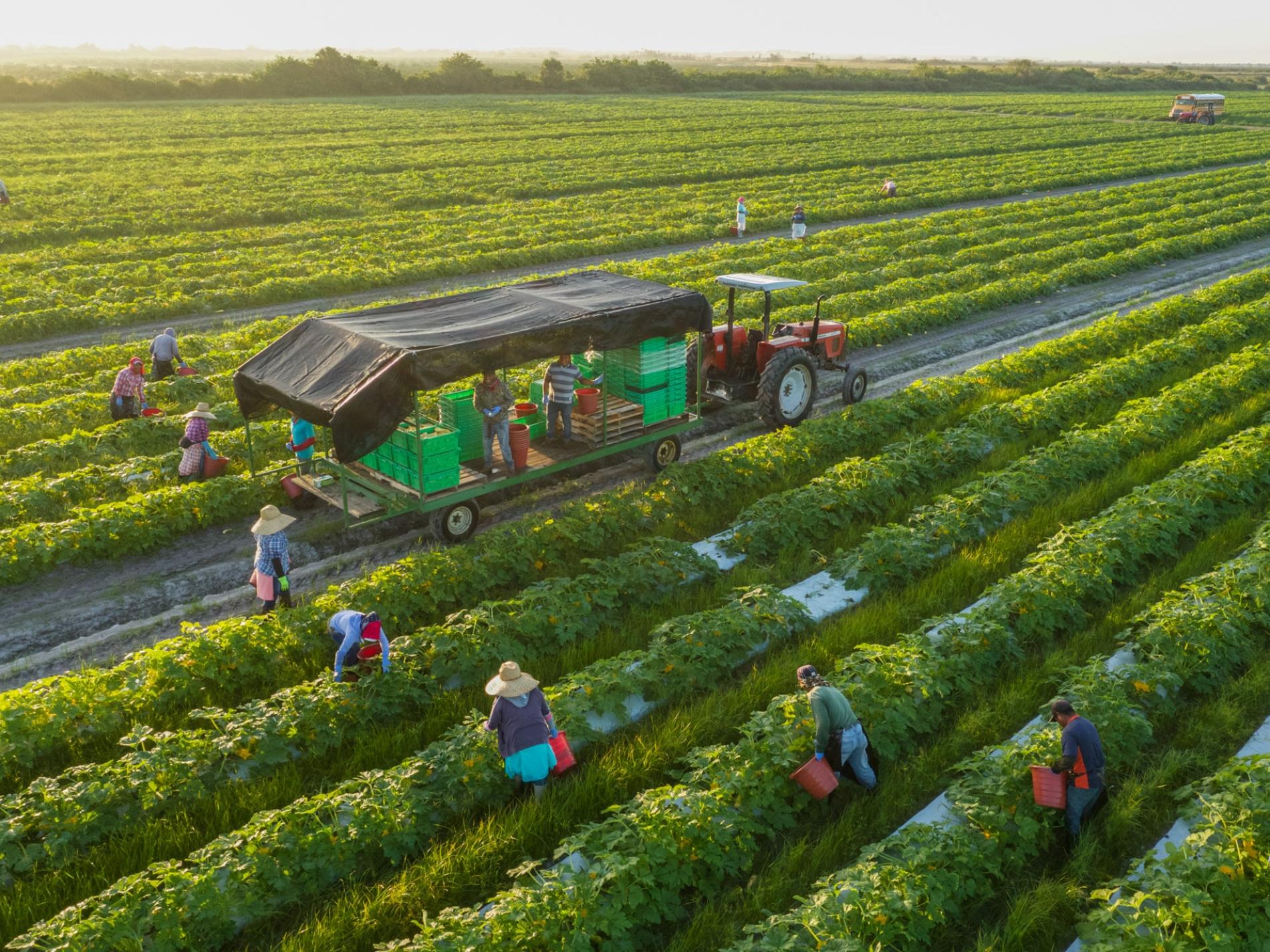Мы с важной новостью: с 28 февраля 2025 года сервис Хабр Фриланс прекратит свою работу.
Купить услуги можно до 28 февраля 2025, но пополнить баланс уже нельзя. Если на вашем счете остались средства, вы можете потратить их на небольшие услуги — служба поддержки готова поделиться бонусами, на случай, если средств немного не хватает.
- Обо мне
-
- Стоимость работы:
- цена договорная
- Профессиональный опыт:
- менее года
In today’s world, where the importance of sustainability and healthy eating is becoming increasingly clear, buying agricultural products has never been more relevant. Whether you are a seasoned farmer, a small business owner, or simply a conscious consumer looking to improve your diet, understanding how to navigate the agricultural market can lead to significant savings and quality benefits. From fresh produce to grains and dairy, the choices can sometimes feel overwhelming, but knowing where to look and what to prioritize can make all the difference.
This guide aims to equip you with essential knowledge for purchasing agricultural products wisely. We will cover various aspects, including the best sources for fresh items, tips for buying in bulk, and recognizing seasonal availability. By harvesting the right information, you can support local farmers, enjoy fresher food, and ultimately save money while making informed decisions that benefit both your health and the environment.
Understanding Agricultural Products
Agricultural products are items that have been cultivated and harvested from various forms of agriculture, including crops, livestock, and other related goods. They form the backbone of the food supply and encompass a wide range of categories such as grains, fruits, vegetables, dairy, and meat. Understanding what qualifies as agricultural products is crucial for making informed purchasing decisions, whether you are shopping at a local market or sourcing goods for a larger operation.
Farmers and producers often engage in specific practices to enhance the quality and yield of agricultural products. This includes the use of fertilizers, pesticides, and sustainable farming methods. Consumers are increasingly interested in the origins and cultivation methods of their food, leading to a growing demand for organic and locally sourced products. Familiarizing yourself with how these products are grown and harvested can influence your choices and promote healthier eating habits.
The agricultural market is also affected by seasonal cycles, climate conditions, and economic factors. Different products have varying availability throughout the year, and prices can fluctuate based on demand and supply. Being aware of these dynamics can help you plan your purchases more effectively and potentially save money while ensuring you obtain fresh and high-quality agricultural products.
Evaluating Quality and Freshness
When purchasing agricultural products, the quality and freshness are crucial factors that can significantly impact your overall satisfaction and health. Freshness often correlates with the time between harvest and sale; therefore, sourcing products from local markets or farms can be an excellent way to ensure that you are getting the freshest options available. Pay attention to how the products are presented and whether they are kept in appropriate conditions to maintain quality.
Visual inspection is key when evaluating agricultural products . Look for vibrant colors and firm textures, as dull colors or soft spots can indicate aging or spoilage. For fruits and vegetables, the skin should be intact without blemishes, while herbs should appear lively and fragrant. Additionally, consider the seasonality of the produce, as seasonal items are more likely to be fresh than those that are out of season, which may have traveled long distances or been stored for extended periods.
Another important aspect is to inquire about the source of the agricultural products. Buying directly from local farmers can help you understand the farming practices used, such as whether they are organic or use sustainable methods. Asking about the harvesting date can also provide insight into freshness. Prioritize suppliers that are transparent about their practices – this will not only enhance your purchasing experience but also support sustainable agriculture.
Tips for Cost-Effective Purchases
When buying agricultural products, it is essential to shop around and compare prices from different suppliers. Having multiple options allows you to find the best deals and make informed decisions. Consider visiting local farmers markets or joining community-supported agriculture programs where you can often find fresh products at lower prices. Building relationships with local producers can also lead to discounts or bulk purchase opportunities.
Timing your purchases can significantly impact your savings. Seasonal products are generally less expensive and more abundant when they are in harvest. By purchasing items in season, you not only save money but also get fresher and tastier agricultural products. Keep an eye on sales and promotions, especially during peak harvest times when prices tend to drop.
Buying in bulk is another effective strategy for cutting costs. If you have the storage space, purchasing larger quantities can lead to significant savings over time. Many suppliers offer discounts for bulk purchases, which can be especially beneficial for non-perishable items like grains or canned goods. Just ensure that you have a plan for using or preserving these products to avoid waste.
- Отзывы
Нет отзывов